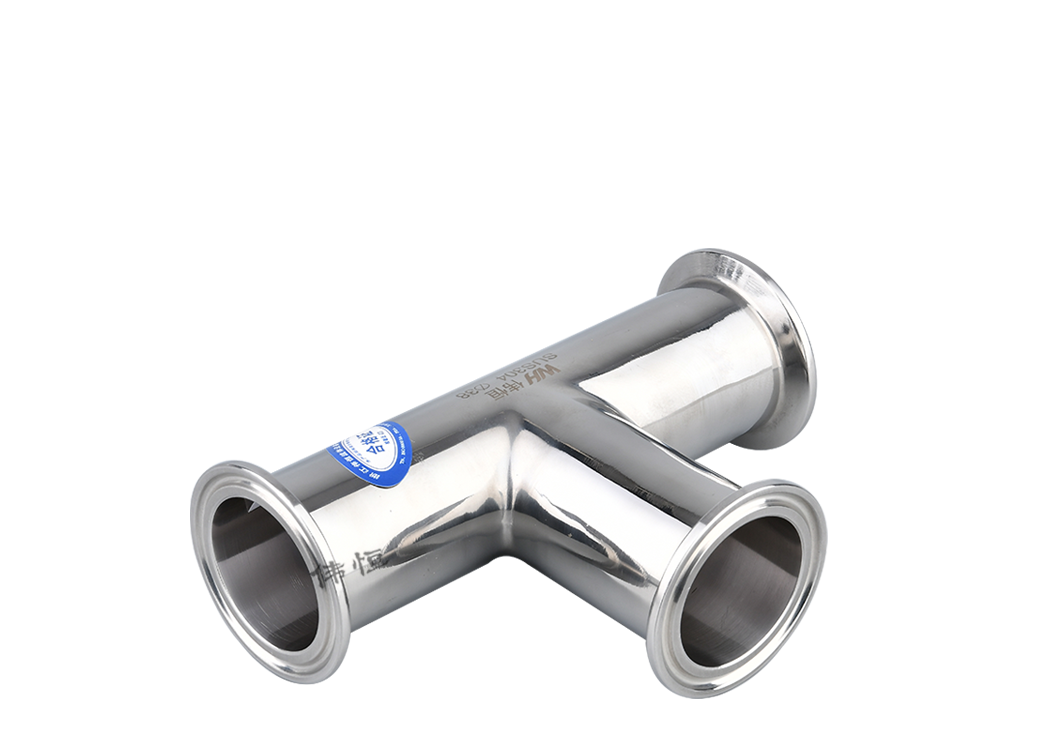
What factors need to be considered when choosing sanitary fittings?
Date: 2024-12-09
Clicks: times Share:
Sanitary tubing fittings are designed for industries such as food, pharmaceutical, dairy, beverage, cosmetics and biotechnology for the transfer and handling of high-purity, sterile or sensitive substances. So what factors need to be considered when choosing sanitary pipe fittings?

When selecting sanitary fittings, the following factors should be focused:
Material compatibility: Confirm the chemical compatibility of the pipe fitting with the substance to be treated to avoid reaction or degradation.
Dimensions: Match existing piping systems to ensure a smooth connection.
Bearing pressure level: according to the actual working conditions, determine the appropriate working pressure range.
Ease of cleaning: Consider whether the fittings are designed for easy cleaning-in-place (CIP) and steam (SIP).

Sanitary pipe fittings are made of high-quality stainless steel materials, which follow strict manufacturing standards and cleanliness requirements to ensure that the internal and external surfaces of the product are smooth, free of dead corners, easy to clean, and prevent bacterial breeding and cross-contamination, so as to meet the standard sanitary conditions.
Sanitary pipe fittings are the key elements to ensure product quality and consumers, and they are also a powerful driving force for the standardization and modernization of production processes. With the stricter health regulations and technological innovation, the standard of sanitary pipe fittings will be further improved, and the industry will move towards a higher level of quality.
Business consulting
QR code

Consultation telephone
Consultation telephone0577-8699 9256
- Back to top

